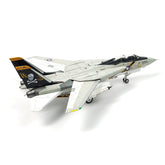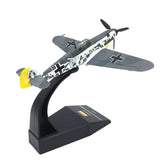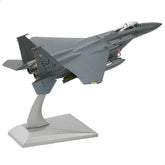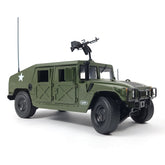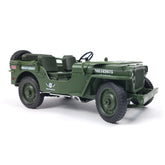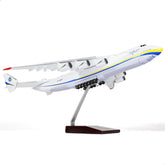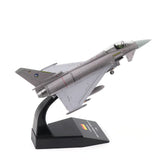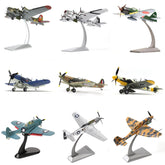McDonnell Douglas MD-11: The Soaring Legacy of a Tri-Engine Titan
04 Jun 2025
The McDonnell Douglas MD-11 stands as an iconic aircraft in aviation history, renowned for its distinctive tri-engine design and versatile performance in both passenger and cargo roles. As a flagship widebody aircraft from McDonnell Douglas, the MD-11 built upon the legacy of the DC-10 while introducing cutting-edge technology, making it a standout in the 1990s aviation landscape. This article delves into the MD-11’s history, design features, performance, and enduring impact on the aviation industry.
History and Background
The MD-11 took its first flight in 1990, designed by McDonnell Douglas to meet the demands of long-haul passenger and cargo operations. As an evolution of the DC-10, the MD-11 featured a stretched fuselage, extended range, and advanced avionics. McDonnell Douglas aimed to position the MD-11 as a competitor to the Boeing 747 and Airbus A340, targeting long-haul routes and high-capacity cargo needs. However, intense market competition and higher operating costs limited its success in the passenger market, while its cargo variant thrived.
In 1997, McDonnell Douglas was acquired by Boeing, and MD-11 production ceased in 2000. Despite this, the aircraft remains a key player in global logistics, with major operators like FedEx and UPS relying on its cargo capabilities.
Design and Technical Features
The MD-11’s tri-engine configuration—two engines under the wings and one at the tail—offered a unique balance of thrust and fuel efficiency, inherited from the DC-10. Powered by General Electric CF6 or Pratt & Whitney PW4000 engines, the MD-11 boasted a range of up to 12,270 kilometers, ideal for transoceanic flights. Its glass cockpit, a technological highlight, incorporated advanced avionics, reducing pilot workload and enhancing safety.
With a length of 61.6 meters and a maximum takeoff weight of 286 tons, the MD-11 could carry approximately 300 passengers (passenger version) or 90 tons of cargo (freighter version). The cargo variant featured a large cargo door and reinforced flooring, facilitating efficient loading of oversized freight. The aircraft’s versatile design allowed for easy conversion between passenger and cargo configurations, extending its operational life.
Performance and Market Impact
The MD-11 excelled in performance, particularly in cargo operations. Its long range and high payload capacity made it a top choice for intercontinental freight transport. For instance, FedEx’s MD-11 fleet has been instrumental in moving everything from electronics to medical supplies across the globe. However, the passenger version struggled to compete with more fuel-efficient rivals like the Boeing 747 and Airbus A340, leading many operators to phase them out or convert them to freighters.
A total of 200 MD-11s were built, with the majority being freighters. While the aircraft faced challenges in the passenger market, its reliability and versatility ensured strong demand in the cargo sector, particularly in the second-hand market. Although maintenance costs were relatively high, the MD-11’s durability and capacity made it a valuable asset.
The MD-11’s Legacy
The MD-11’s legacy lies in its technological achievements and its transformative role in aviation logistics. Many MD-11 freighters remain in service, underscoring the aircraft’s robust design. Aviation enthusiasts admire the MD-11 for its distinctive tail engine and sleek lines, making it a favorite for 1:400 scale model collectors.
The MD-11’s glass cockpit and adaptable design influenced subsequent aircraft, such as the Boeing 777 freighter. McDonnell Douglas’s engineers demonstrated how to balance performance and economics in a competitive market through the MD-11’s development.
Conclusion
The McDonnell Douglas MD-11 is a shining star in aviation history, its tri-engine design and versatile capabilities setting it apart in both passenger and cargo roles. While its passenger version faced challenges, the freighter’s success cemented its place in global logistics. For aviation enthusiasts, the MD-11 is more than an aircraft—it’s a symbol of innovation and resilience. Whether soaring as a freighter or celebrated as a 1:400 scale model, the MD-11’s legacy continues to inspire awe in the world of aviation.
